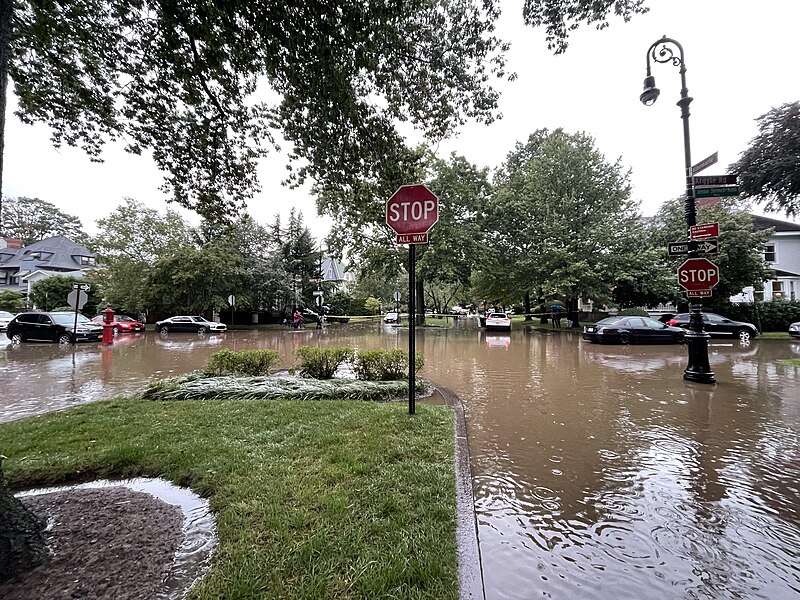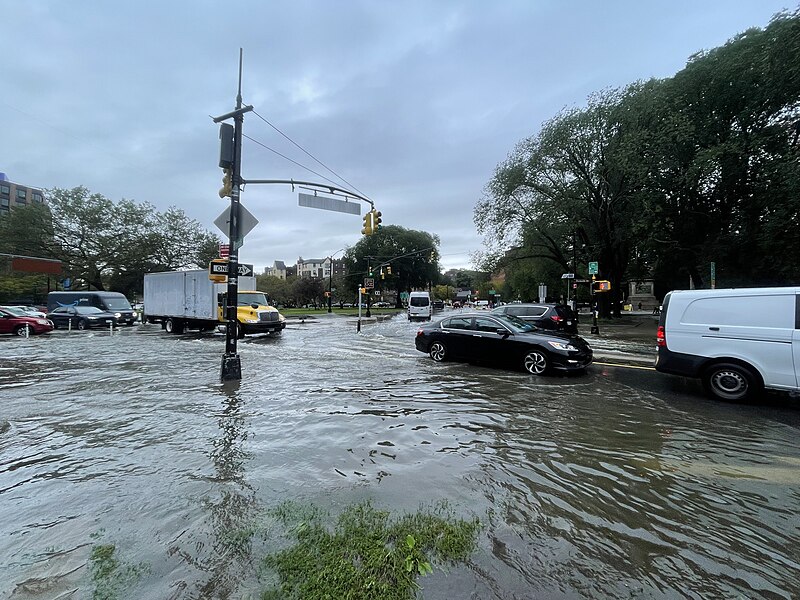On Friday, a severe storm inundated parts of New York City with over 7 inches of rain in under 24 hours, transforming streets into rushing rivers and disrupting subway travel as water surged into underground stations.
This storm, which struck two years after Hurricane Ida’s devastating flooding that claimed at least 13 lives in the city, exposed the vulnerabilities of New York’s aging infrastructure to increasingly extreme weather intensified by climate change.
The heavy rainfall, reaching up to 2.5 inches per hour in some areas, led to road closures, submerged vehicles, and trapped city buses. Subways, regional rail lines, and air travel faced significant delays or suspensions, and at least one Brooklyn school had to be evacuated.
Joseph Kane from the Brookings Institute emphasized the urgent need for more investment in infrastructure to cope with the escalating climate challenges.

Steve Bowen of Gallagher Re noted that extreme weather events are revealing how swiftly risks are evolving, with existing infrastructure struggling to keep up with increased rainfall and climate shifts.
Governor Kathy Hochul declared a state of emergency for New York City, Long Island, and the Hudson Valley, labeling the storm a “life-threatening rainfall event.”
Mayor Eric Adams faced criticism for his delayed response and insufficient warnings. The storm marked the wettest day in the city since Hurricane Ida.
Nearly a decade after Hurricane Sandy prompted a reevaluation of climate resilience, progress remains slow. Despite receiving $15 billion in federal grants post-Sandy, only 73% has been utilized, and many resilience projects are incomplete.
The city’s outdated stormwater management systems and lack of green infrastructure further exacerbate the flooding risks.
Experts suggest expanding green infrastructure and improving emergency communication systems to better handle extreme precipitation. Meanwhile, flood insurance coverage remains inadequate, leaving many communities vulnerable as the potential government shutdown threatens to impact recovery efforts.

